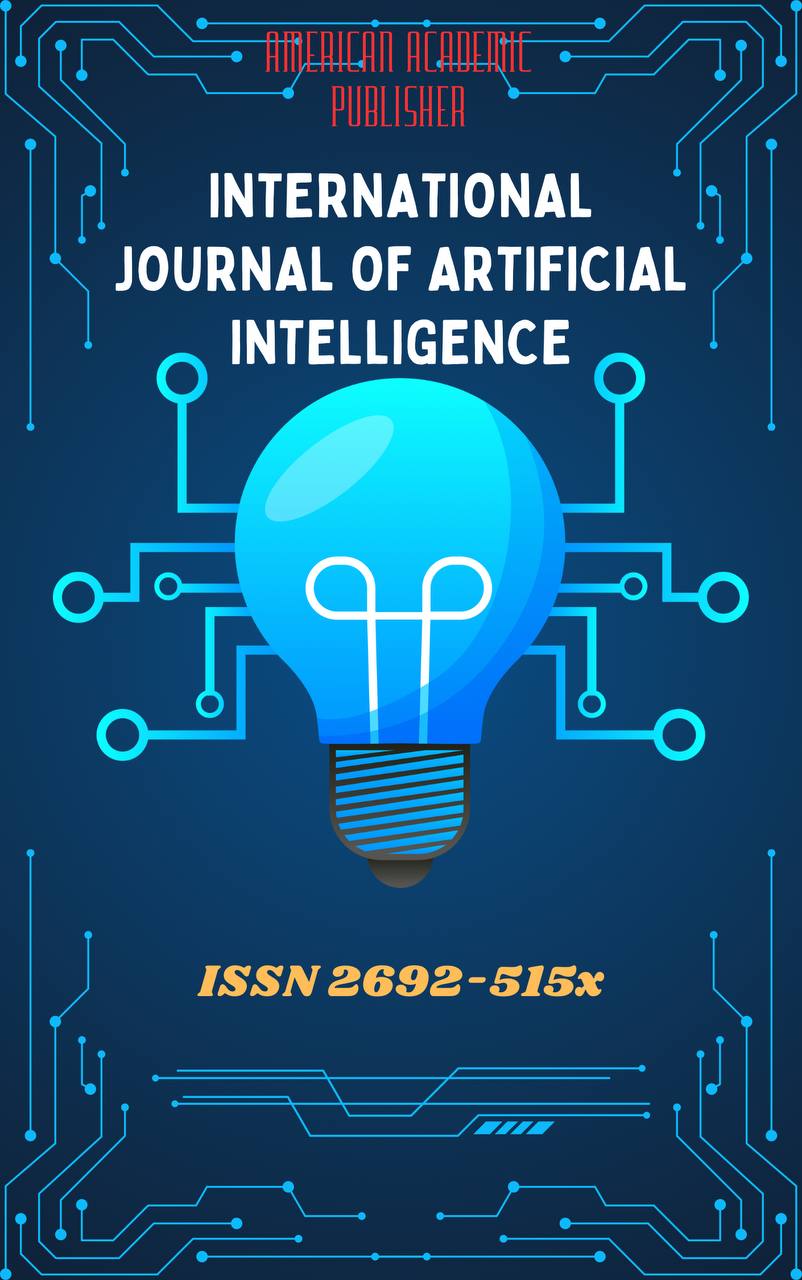 Articles
| Open Access |
Articles
| Open Access | THE ADVANTAGES OF THE SHADOWING METHOD IN STRENGTHENING SPEAKING SKILLS
Jurakulova Yulduz Shokirovna , 3rd year student of the “Foreign Language and Literature” Department at Termez University of Economics and ServiceAbstract
This article examines the effectiveness and benefits of the shadowing method in developing English speaking skills. Shadowing is a language learning technique where learners listen to a native speaker and repeat what they hear as quickly as possible, imitating pronunciation, intonation, and rhythm. Unlike passive listening, shadowing significantly improves not only listening skills but also speaking abilities, thereby promoting active language use. Research shows that regular shadowing practice can greatly enhance pronunciation accuracy, listening comprehension, and understanding. Additionally, this method helps learners develop natural speech patterns and increases their confidence in real-life communication. Shadowing is especially useful for learners who do not have regular access to native speakers or conversational environments. The article also discusses practical ways to incorporate shadowing into daily routines and highlights its advantages compared to traditional speaking exercises. Overall, the shadowing technique offers learners a convenient and effective approach to independently strengthen their English speaking skills.
Keywords
Shadowing method, speaking skills, pronunciation, fluency, language learning, listening comprehension, English as a foreign language, self-study, active listening.
References
Mimura (2015) — Empirical research on the effects of the shadowing method on pronunciation and speech fluency.
Kadota (2020) — The role of the shadowing method in developing listening and comprehension skills.
Pennington & Richards (2016) — Psychological and communicative advantages of shadowing in language learning.
Mendelsohn (1994) — Analytical article on the differences between shadowing technique and traditional speaking exercises.
Article Statistics
Downloads
Copyright License

This work is licensed under a Creative Commons Attribution 4.0 International License.

